Conversion tracking is a crucial aspect of digital marketing that allows you to measure the effectiveness of your marketing campaigns and optimize them for better results. By tracking conversions, you can understand what actions users take on your website or app after interacting with your ads or content, and use this data to improve your marketing strategies.
In this comprehensive guide, we’ll delve into the world of conversion tracking and goal setting, providing you with a step-by-step approach to effectively track and measure your marketing efforts. We’ll cover everything from defining conversion goals to setting up tracking mechanisms and analyzing data to optimize your campaigns.
Table of Contents
Defining Conversion Goals
The first step in conversion tracking is to define your conversion goals. These goals must align with the SMART framework, ensuring they are Specific, Measurable, Attainable, Relevant, and Time-bound. Some common conversion goals include:
- Purchases: Tracking when users make a purchase on your website or app.
- Leads: Capturing contact information from potential customers, such as through form submissions or email sign-ups.
- App installs: Measuring the number of users who install your mobile app.
- Page views: Tracking the number of times a specific page on your website is viewed.
- Time spent on site: Measuring the amount of time users spend on your website or app.
![]()
Setting Up Conversion Tracking
Once you’ve defined your conversion goals, you need to set up conversion tracking mechanisms to capture data about user actions.
- Website analytics: Using tools like Google Analytics or Adobe Analytics to track website traffic and conversions.
- Conversion pixels: Placing small snippets of code on your website to track specific actions, such as purchases or button clicks.
- Server-side tracking: Using server-side code to track conversions and send data to your analytics platform.
- Mobile app analytics: Using tools like Google Analytics for Firebase or App Annie to track conversions in mobile apps.
![]()
Analyzing Conversion Data
After setting up conversion tracking, you need to analyze the data to gain insights into user behavior and campaign performance. Key metrics to track include:
- Conversion rate: The proportion of users who fulfill a desired action out of the total number of users who visit a website, engage with an advertisement, or interact with a specific element
- Cost per conversion: The amount spent on advertising or marketing to acquire a conversion.
- Return on investment (ROI): The revenue generated from conversions compared to the cost of marketing.
![]()
Optimizing Your Campaigns
Based on the conversion data you analyze, you can optimize your marketing campaigns to improve their performance. Here are some strategies:
- Identify low-performing campaigns: Analyze conversion rates and ROI to identify campaigns that are not meeting expectations.
- Test different ad copy and creatives: Experiment with different messaging and visuals to see what resonates best with your audience.
- Target the right audience: Use demographic, geographic, and behavioral data to target users who are more likely to convert.
- Optimize your landing pages: Ensure that your landing pages are clear, concise, and persuasive to encourage conversions.
- Retargeting: Use retargeting campaigns to remind users who have previously interacted with your brand about your products or services.
![]()
Conclusion
Conversion tracking and goal setting are essential components of a successful digital marketing strategy. By tracking conversions, you can measure the effectiveness of your campaigns, identify areas for improvement, and optimize your efforts to achieve better results.
Remember to define clear conversion goals, set up appropriate tracking mechanisms, analyze data regularly, and make adjustments based on your findings. By following the steps outlined in this guide, you can effectively track conversions and optimize your marketing campaigns to drive more conversions and achieve your business objectives.
Frequently Asked Questions
We’ve compiled a list of answers to common questions.
Why is conversion tracking important for digital marketing campaigns?
Conversion tracking is essential for digital marketing campaigns because it allows marketers to measure the effectiveness of their efforts in driving desired actions, such as purchases, leads, or app installs. By tracking conversions, marketers can identify which campaigns are performing well and which ones need optimization, ultimately maximizing their return on investment (ROI).
What are some common conversion goals that businesses track?
Some common conversion goals that businesses track include purchases, leads (such as form submissions or email sign-ups), app installs, page views, and time spent on site. These goals vary depending on the nature of the business and its objectives, but they are typically specific, measurable, and aligned with overall business goals.
How can businesses effectively set up conversion tracking mechanisms?
Businesses can set up conversion tracking mechanisms using various methods, including website analytics tools like Google Analytics, conversion pixels placed on specific web pages, server-side tracking using code on the backend, and mobile app analytics platforms for tracking conversions in mobile apps. It’s essential to choose the method that best suits the business’s needs and technical capabilities.
How can businesses optimize their marketing campaigns based on conversion data?
Businesses can optimize their marketing campaigns based on conversion data by identifying low-performing campaigns, testing different ad copy and creatives, targeting the right audience segments, optimizing landing pages for better conversion rates, and implementing retargeting campaigns to re-engage users who have previously interacted with the brand. By continually analyzing data and making adjustments, businesses can improve campaign performance and drive more conversions.



